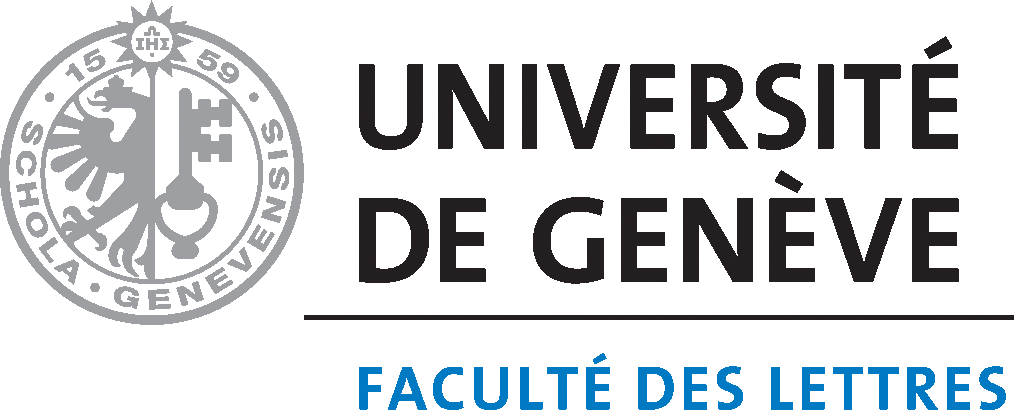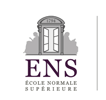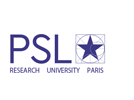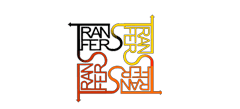Abstract
Over the course of Emperor Akbar’s reign (1556–1605), an exceptionally high volume of illustrated manuscripts was produced. The manuscript workshop was staffed accordingly: between the 1580s and early seventeenth century, over one hundred painters found employ at the Mughal court. Thanks to contemporaneous ascriptions found in the margins of the manuscripts’ illustrated pages, the artists’ names and the capacities (designer or colorist) in which they worked are known. This essay uses digital and sociological methods to examine networks of artistic collaborations across select manuscript projects, arguing that the structure of workshop production teams—in which membership frequently fluctuated—facilitated the formation of a synthetic imperial style.
Recommended Citation
Rice, Yael. "Workshop as Network: A Case Study from Mughal South Asia." Artl@s Bulletin 6, no. 3 (2017): Article 4.






